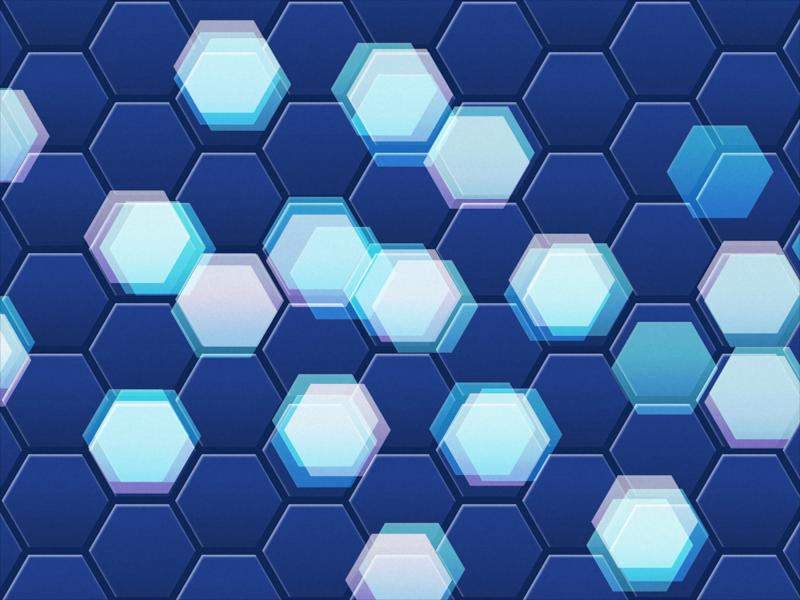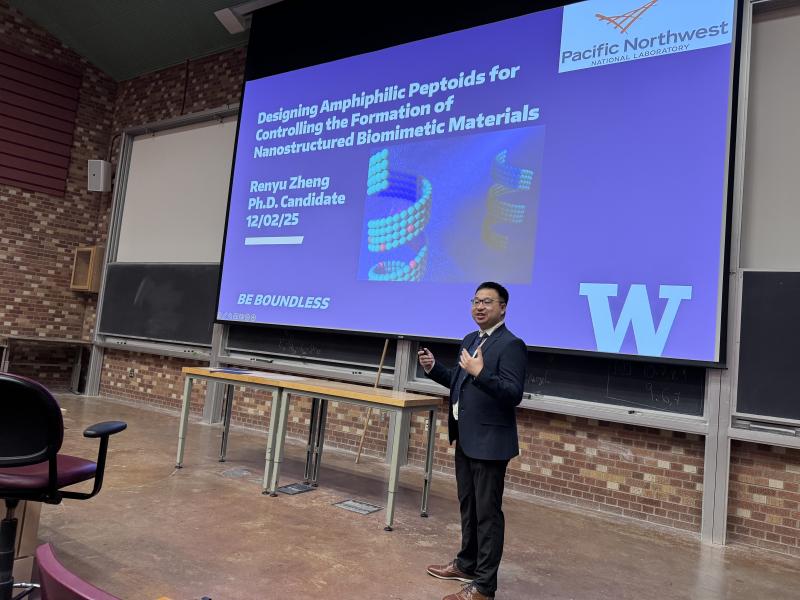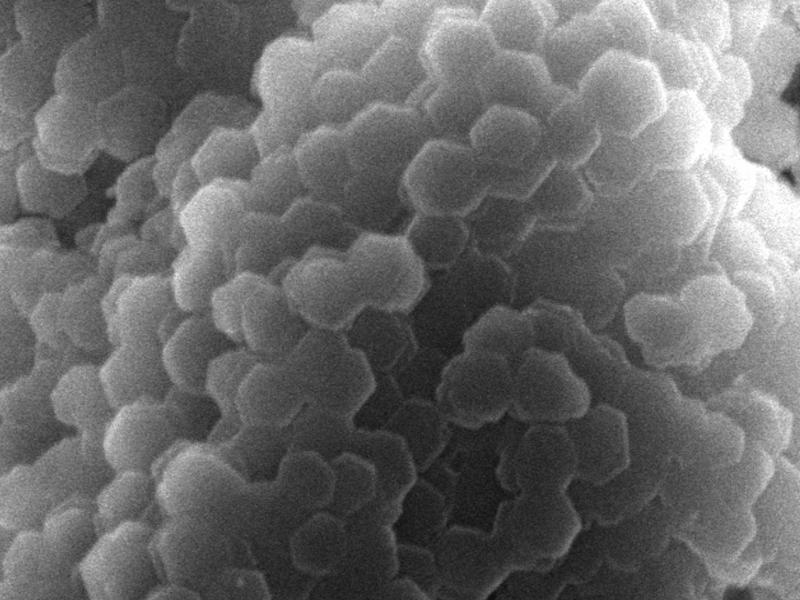
Materials
Sciences
Materials
Sciences
A multipronged
approach to a
multifaceted field
A multipronged
approach to a
multifaceted field
Researchers study the properties of different colors of glass.
Andrea Starr | Pacific Northwest National Laboratory
Properties of materials depend on the arrangement of their building blocks, such as atoms and molecules. Depending on their structure and composition, materials can yield remarkable properties, leading to improved energy storage performance, metal alloys capable of withstanding extreme environments relevant to nuclear technologies, or new materials for applications in emerging computing paradigms or novel devices.
Materials science sits at the intersection of chemistry, physics, and engineering. Researchers at Pacific Northwest National Laboratory (PNNL) combine their talents, tools, and capabilities to unlock the mysteries of nanomaterial formation, interface interactions, and the behavior of functional and structural materials. Their research benefits from access to unique facilities located on the PNNL-Richland campus.
The Energy Sciences Center opened in 2021 and includes electron microscopes, nuclear magnetic spectrometers, atom probe tomography systems, epitaxial thin film growth capabilities, and extensive space and equipment for materials synthesis. The Environmental Molecular Sciences Laboratory is a Department of Energy scientific user facility equipped with transmission electron microscopes and nuclear magnetic spectrometers as well as the scientific expertise for interpreting data from such instruments. The Radiochemical Processing Laboratory, a Hazard Category II non-reactor nuclear research facility, features specialized labs for analyzing microgram-to-kilogram quantities of fissionable materials and other radionuclides. PNNL’s solid phase processing capabilities may significantly reduce the energy used in manufacturing and deliver higher-performing components—all at a lower cost.
Materials research at PNNL informs several key research objectives, including efforts focused on materials for nuclear energy, grid reliability, and national security.




